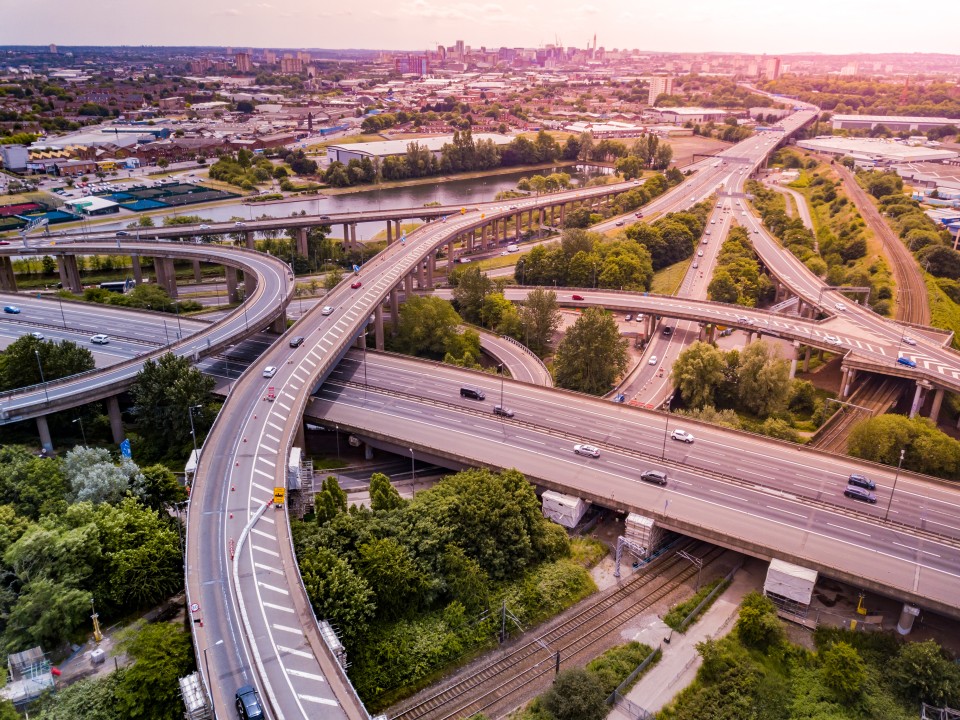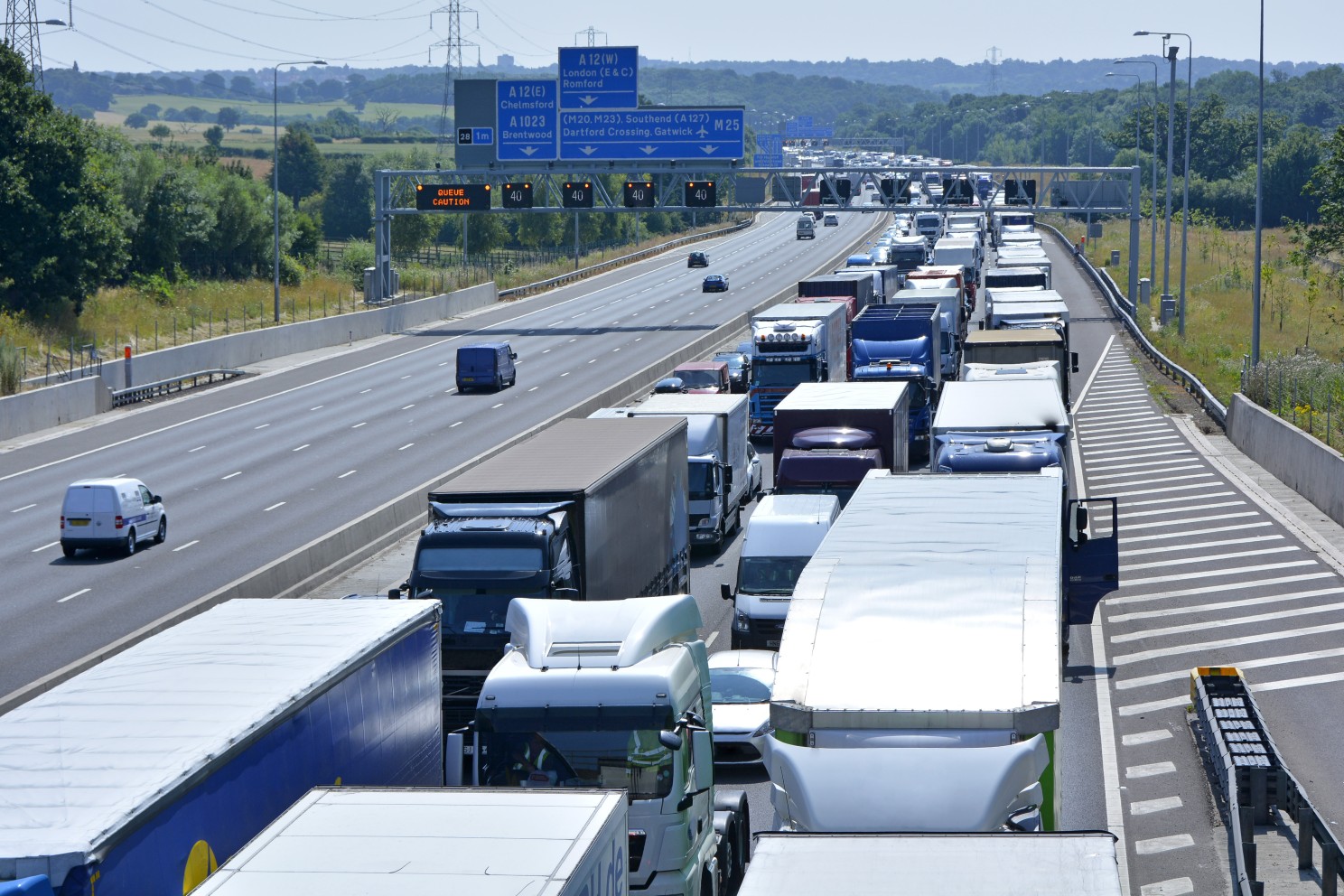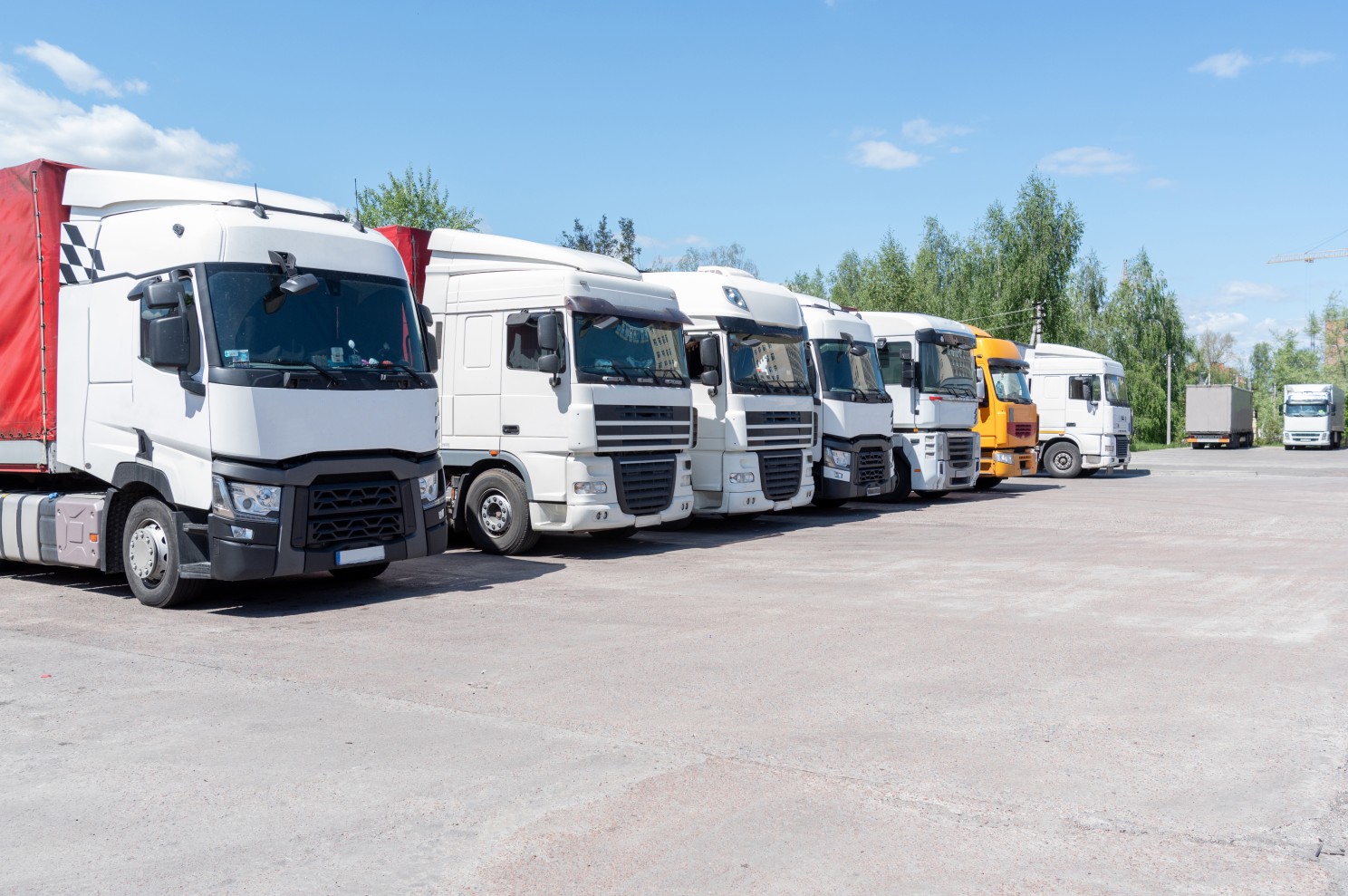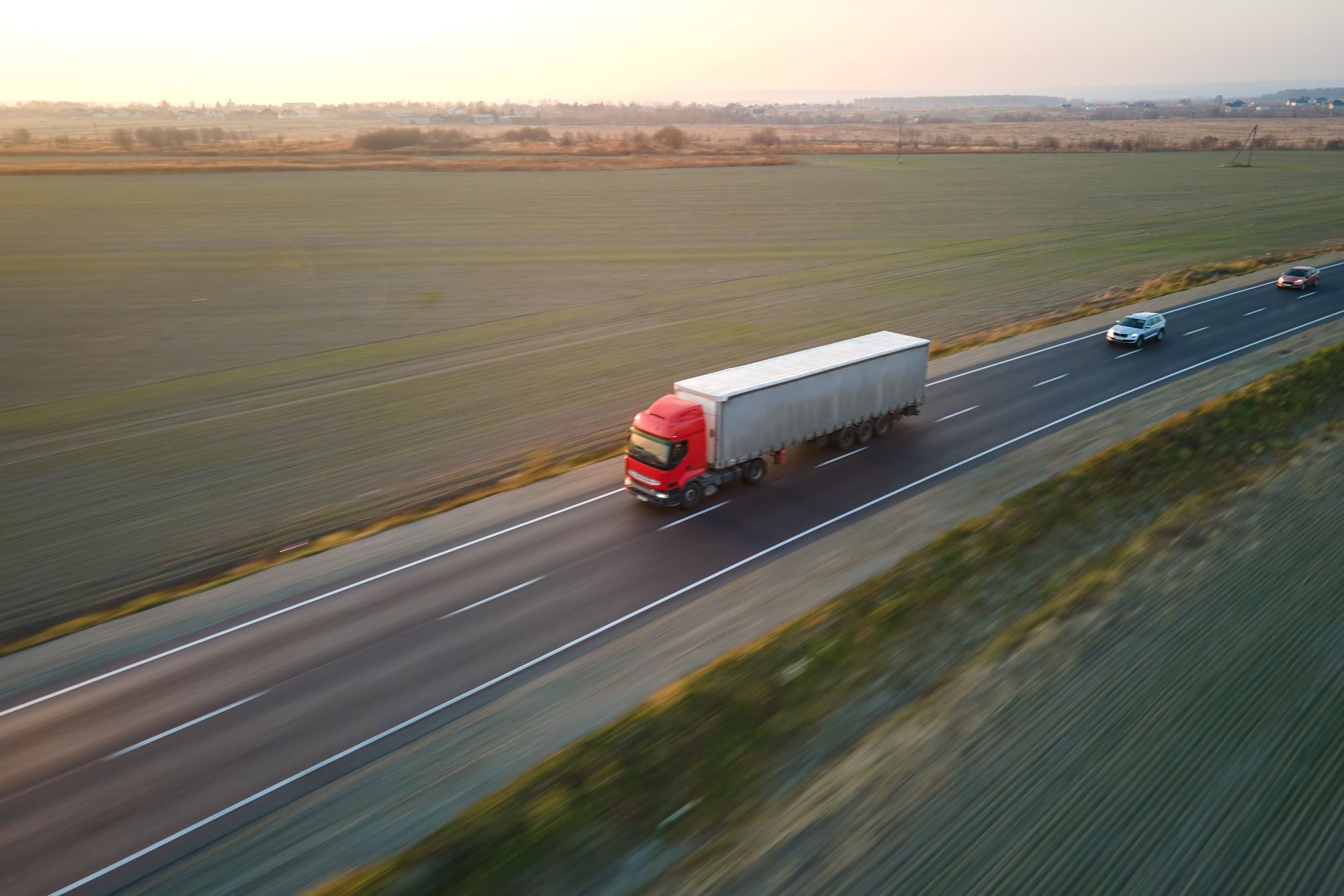
Susie Jones
Netwerk Noord: Wat zijn de voordelen voor vrachtwagenchauffeurs?
Gemaakt: 12-08-2024
•
Bijgewerkt: 12-08-2024
Begin oktober kondigde de regering aan dat ze van plan was om HS2 te schrappen en het geld te gebruiken om de transportinfrastructuur van het land te verbeteren - een project dat bekend staat als Network North. Het project zal 36 miljard pond beschikbaar stellen om belangrijke wegen te verbeteren die een twistpunt zijn geworden voor chauffeurs. De aankondiging verraste velen, maar wat betekent het voor de vrachtwagenchauffeurs die eindeloos over deze wegen rijden?
Bestaande programma's voor wegverbetering
De overheid zal de financiering voor de meeste bestaande grote wegennetwerken en grote lokale wegenprojecten verhogen. Deze projecten gaan van een 85% naar een 100% bijdrage om ervoor te zorgen dat ze worden uitgevoerd. Een lijst van de plannen voor wegverbetering is beschikbaar op gov.co.uk. Extra financiering voor deze projecten zal de efficiëntie van wegen in het hele land verbeteren.
Strategisch wegennet
Het strategisch wegennet heeft als doel files te verminderen en ervoor te zorgen dat mensen die vaak van de weg gebruik maken soepeler kunnen reizen. Een welkome verbetering voor vrachtwagenchauffeurs waar stilstaand verkeer de norm is geworden.

Het noorden
M6 Junction 15 - Als een van de drukste weggedeelten in het Verenigd Koninkrijk en gebruikt door meer dan 127.000 voertuigen per dag, heeft het lange tijd te lijden gehad van zware congestie en onvoorspelbare reistijden. De krappe bochten op de afrit zijn een uitdaging gebleken voor vrachtwagenchauffeurs, wat tot over de kop slaan en grotere vertragingen heeft geleid. De beloofde veranderingen moeten de files verminderen en de veiligheid van het knooppunt verbeteren.
Twee Manchester North West Quadrant projecten - De M60 wordt dagelijks 180.00 bereden door forenzen en langeafstandsrijders. De projecten in het Noordwestelijk Kwadrant zijn gericht op de omleiding van de J12-J18 en de herinrichting van de knooppunten 12, 13 en 14. Andere toevoegingen, zoals een verbindingsweg tussen de J12 en de J18, zullen worden gerealiseerd. Andere toevoegingen, zoals een verbindingsweg naar de A57 en capaciteitsverbeteringen aan knooppunten negen, tien, zeventien en achttien, zullen de congestie en reistijden verbeteren.
A1 tussen Morpeth en Ellingham - Het 12,8 mijl lange traject is sinds het voorstel geplaagd door vertragingen in de ontwikkeling. Het Network North-project heeft echter als doel om de ontwikkeling op gang te brengen door het weggedeelte te verbreden en zo de reistijd, veiligheid en veerkracht te verbeteren.
Midlands
Knelpunten A5 tussen Hinckley en Tamworth - Hoewel er nog geen verdere details bekend zijn gemaakt, wordt gesuggereerd dat het oplossen van files een prominente plaats in hun plannen zal innemen.
Verbeteringen aan de A50/A500-corridor tussen Stoke en Derby - Met gemiddelde snelheden in de spits van minder dan 20 km/u is deze route traag en onbetrouwbaar gebleken voor vrachtwagenchauffeurs en forenzen. Het Network North programma zal waarschijnlijk:
17.760 nieuwe banen creëren tegen 2061
Zien een 21.538 bevolkingstoename in het gebied tegen 2061
Zie een toename van £12,04 miljard in bruto toegevoegde waarde (GVA) in de komende 60 jaar.
Zuidoost
- A2 Brenley Corner - Bekend als het meest overbelaste knooppunt in Kent, belooft Network North in dit gebied te investeren - fantastisch nieuws voor vrachtwagenchauffeurs die naar Dover reizen. Verdere details over de ontwikkelingsplannen moeten nog worden vrijgegeven. Er wordt echter al sinds 2021 gesproken over plannen om Brenley Corner te verbeteren.
Schotland
- Verbeteringen aan de A75 tussen Gretna en Stranraer - De A57 moet dringend verbreed worden, omdat vrachtwagenchauffeurs momenteel een snelheidslimiet van 40 mph moeten aanhouden, wat files en grote vertragingen veroorzaakt. Als cruciale veerbootverbinding tussen Noord-Ierland en Groot-Brittannië zullen vrachtwagenchauffeurs die deze verbinding gebruiken veel baat hebben bij het project.

Een verbeterde weginfrastructuur zal de congestie verminderen en vrachtwagenchauffeurs kostbare tijd en brandstof besparen, wat bijdraagt aan snellere levertijden. Het programma van Network North is erop gericht het leven van vrachtwagenchauffeurs en andere weggebruikers te verbeteren door de veiligheid te vergroten en de efficiëntie te verbeteren.
Hoeveel mensen slagen de eerste keer voor hun HGV-test?
Volgens een rapport van Statista was het gemiddelde slagingspercentage voor een HGV-praktijkexamen van 2007-2021 ongeveer 50%. Uit gegevens van gov.co.uk blijkt dat in 2022-2023 75,9% van de mannen in het Verenigd Koninkrijk slaagde voor hun LGV-test in vergelijking met 75,9% van de vrouwen die slaagden.
Is vrachtwagenchauffeur stressvol?
Zoals bij elk beroep zijn sommige aspecten stressvol. Lange uren weg van dierbaren kan leiden tot eenzaamheid en isolatie bij veel chauffeurs. Daarnaast is vrachtwagenchauffeur soms een baan onder hoge druk - met strakke deadlines voor leveringen en navigeren door onvoorspelbare weersomstandigheden.



